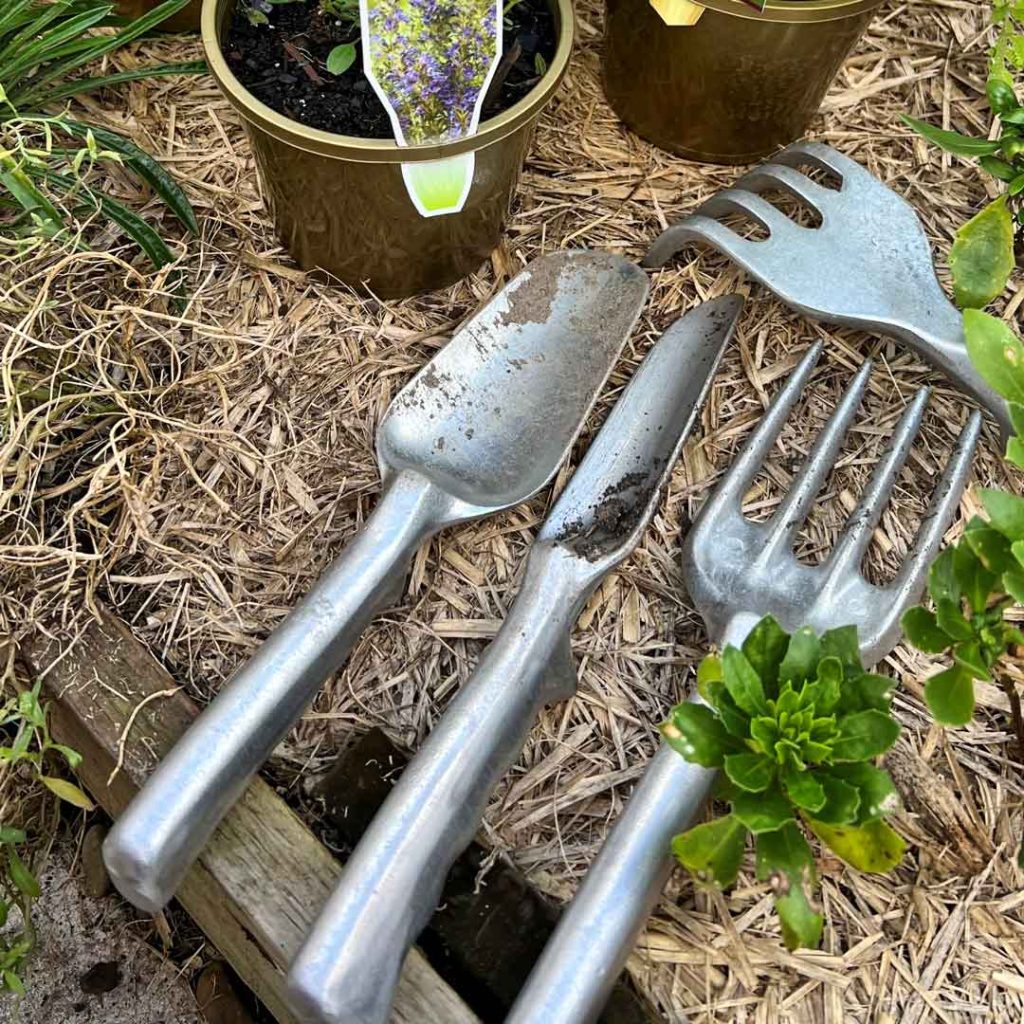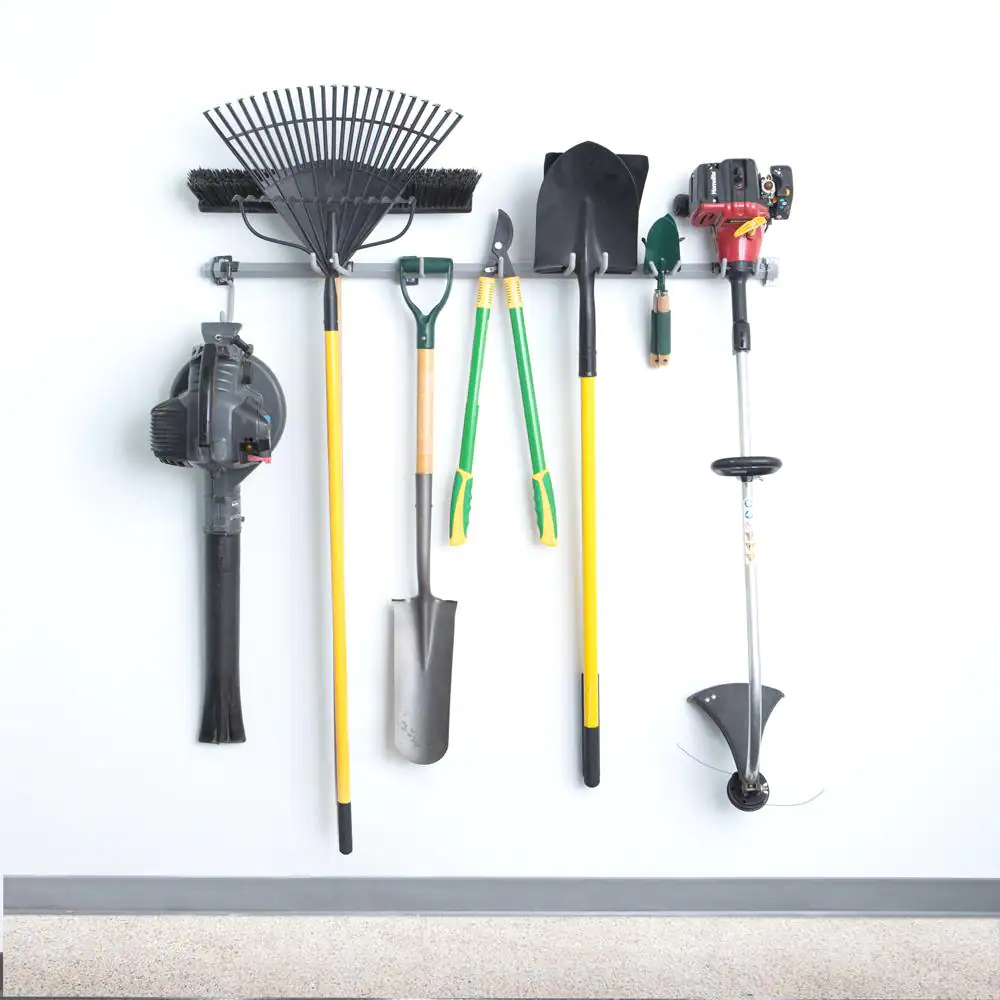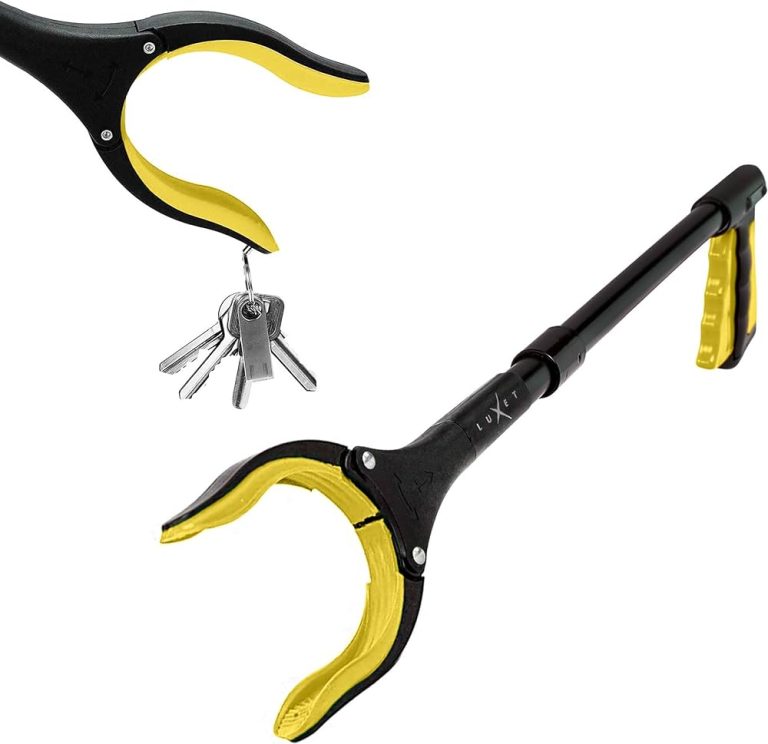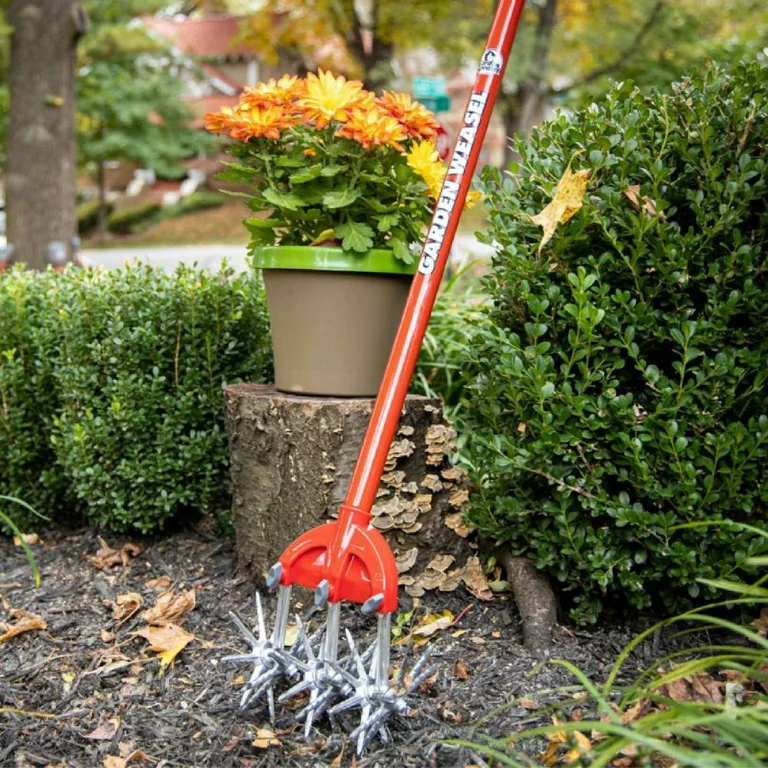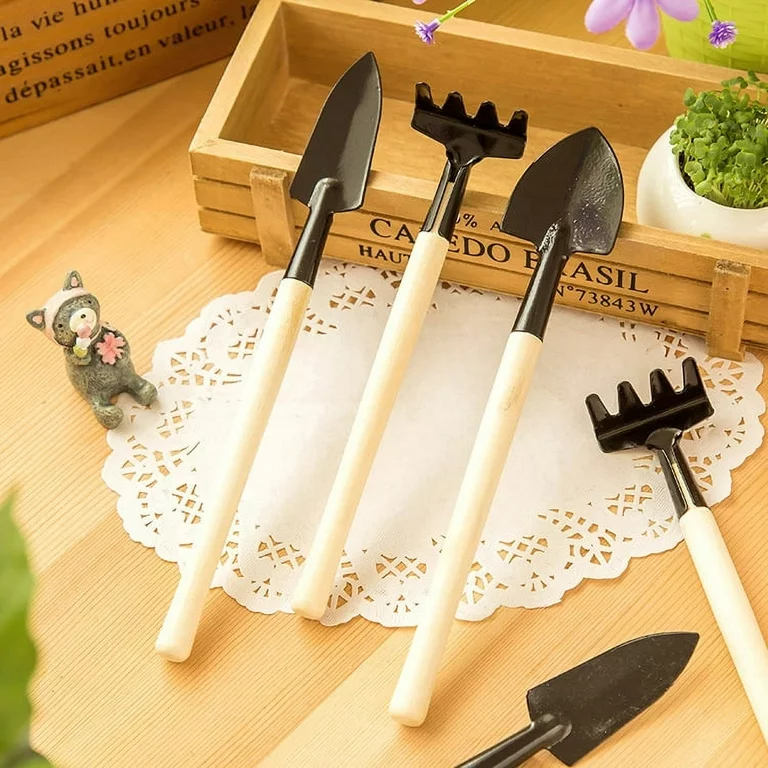
How to Store Garden Tools
Proper Garden Tool Storage for Maximum Lifespan
Properly storing garden tools is crucial for maintaining their condition, ensuring longevity, and making them readily available when needed. When tools are stored haphazardly, they can become damaged, rusty, or difficult to find. By following a few simple steps, you can create an organized and efficient storage system for your garden tools. How to store garden tools?In this blog post, we will explore the importance of storing garden tools properly and provide practical tips to help you keep your tools in great shape,find the best way to store your tools.
Keeping garden tools clean and free from dirt and debris is the first step in proper storage. This helps prevent rust and corrosion and ensures that your tools are always ready for use. Once cleaned, finding a designated storage area, such as a shed or garage, is essential. This protects your tools from the elements, such as rain and sunlight, which can cause damage over time.
Why Proper Tool Storage Matters
Tools left outdoors face endless threats. Rain and moisture cause rust and corrosion. Dirt and debris dull edges rapidly. How to store garden tools?Intense sunlight degrades handles and finishes. Carelessly tossing tools in piles leads to scratches too. Improper storage dramatically shortens tool usefulness.
Step 1: Clean Tools Thoroughly
Before storage, clean every tool meticulously. Brush off caked-on dirt and debris. Wipe down surfaces using a degreasing solution. Scrape off any stuck-on sap or plant matter. Dull, dirty tools corrode easier. So thorough cleaning maximizes storage effectiveness.
Step 2: Sharpen and Oil Blades
Dull, unsharpened blades are prone to faster rusting. Always sharpen and hone cutting edges before storage. This prevents pitting and helps blades last longer. Next, wipe blades down using a rag dampened with lubricating oil. The oil creates a protective coating too.
Step 3: Sand Wooden Handles
For tools with wooden handles, lightly sand them. This removes dirt, splinters, and raised wood grain. Sanding smooths and preps the wood’s surface. Let sanded handles dry fully before applying a new finish coat. Sealing handles prevents cracking and splintering.
Best Way to Store Hand Tools
Small pruners, cultivators and trowels store nicely in a bucket or caddy. Line the bottom with a rubberized mat or small towel. This protects blades from damaging each other. Arrange tools in an upright position standing on their blades. Otherwise, hang from pegboard displays or tool racks.
Storing Rakes, Shovels and Hoes
Larger tools like rakes, shovels and hoes require different storage. The best option is a purposefully-designed tool rack or holder. These safely secure the tools upright, keeping blades off the ground. Avoid simply leaning tools against a wall to prevent toppling hazards.
Storage for Garden Power Tools
Battery-powered lawn tools like string trimmers, blowers and chainsaws face specific challenges. First, always remove battery packs before storage. Then spray penetrating oil into any pivot points or chainsaw chains. Finally, secure power tools on wall-mounted or freestanding racks.
Climate-Controlled Tool Storage
Ideally, store all garden tools in a climate-controlled shed or garage. This prevents temperature extremes which accelerate rust and warping. If storing in an unheated shed, use weatherstripping to seal drafts. Desiccants like silica gels absorb ambient moisture too.
The Surprising Benefits of Storing Garden Tools in Sand
One of the main advantages of storing garden tools in sand is its ability to absorb moisture. Moisture can lead to rust and corrosion, which can significantly damage metal tools over time. By immersing the metal portions of your tools in sand, you create a dry environment that helps prevent moisture buildup and subsequent damage.
Using Tool Storage Chests
For full tool collections, consider investing in a storage chest or cabinet. These sturdy organizers keep everything together, protected and portable. Look for models with customizable trays or dividers. This keeps tools separate to prevent wear during transportation.
Tips for Lawnmower Storage
How to store garden tools?Prepare lawnmowers thoroughly before off-season storage. Drain fuel tanks fully and run engines dry. Next, remove spark plugs and spray fogging oil into the cylinders. This prevents internal piston rust. Lastly, store mowers with a tarp covering to repel dust.

Preventing Rust During Storage
Even with proper cleaning, rust remains a major threat during storage. Coat all metal surfaces with a rust-preventative product before storing. Options include lubricating oils, wax-based products, and rust-inhibiting sprays or dips. Rust-riddled tools become unusable quickly.
Long-Term Tool Storage Solutions
Proper storage of garden tools ensures their longevity and maintains their effectiveness. Create a dedicated space in your garage or shed for organizing tools. Install a pegboard system to hang smaller items like pruners, trowels, and hand rakes. Use sturdy hooks for larger tools such as shovels, rakes, and hoes. Invest in a rolling tool cart for easy mobility and access.
Store power tools in lockable cabinets to protect them from moisture and dust. Utilize vertical space with tall shelving units for pots, soil, and fertilizers. Implement a labeling system to quickly locate items. Clean tools before storage to prevent rust and decay. Consider a dehumidifier in damp areas to protect metal tools. For long-handled tools, build a simple DIY rack using PVC pipes. These storage solutions maximize space, keep tools organized, and extend their lifespan, ensuring your garden equipment remains in top condition year-round.
Storing Gasoline Safely
Stale gasoline turns sticky and clogs engines over time. Never store fuel cans inside living spaces due to fire risks. Keep gasoline in a detached garage or shed. Use approved, clearly-marked safety containers only. And routinely cycle out any old gasoline before refilling.
Protect Your Green Thumb: Essential Security Tips for Garden Tools
Garden tools hold high value, especially larger equipment. Always lock sheds and detached garages securely to deter theft. Utilizing chains and cables adds extra security too. For pricey riding mowers, invest in a high-quality lock and cover to hide the machine.
Secure Storage: The First Line of Defense
Store your garden tools in a locked shed or garage when not in use. This simple step prevents theft and keeps your valuable equipment safe from the elements. Install sturdy locks on all doors and windows. Consider using a security system or motion-activated lights to deter potential thieves.
Inventory and Identification: Know What You Own
Create a detailed inventory of your garden tools. List each item’s make, model, and serial number. Take clear photos of your equipment. This information proves invaluable if you need to file an insurance claim or report stolen items to the police. Engrave your name or a unique identifier on each tool to make them easily identifiable and less attractive to thieves.
Secure Large Equipment
For larger items like lawnmowers or riding mowers, use heavy-duty chains and padlocks to secure them to a fixed object. This makes it much harder for thieves to quickly remove these valuable pieces of equipment.
Smart Storage Solutions
Invest in wall-mounted racks, pegboards, or tool chests to organize your garden tools. This not only keeps your space tidy but also makes it easier to spot if something goes missing. Use lockable cabinets for storing smaller, high-value items like pruning shears or battery-powered tools.
Technology as a Deterrent
Consider installing security cameras or smart home devices to monitor your tool storage area. Many affordable options now exist that allow you to keep an eye on your property from your smartphone. The presence of visible security measures often discourages would-be thieves.
Staying Organized with Storage
Coordinated tool storage streamlines yard work. Everything stays neat, visible and easy-to-access. Buy storage units or shelving with built-in organizers. Use label markers on all containers too. This eliminates rummaging and saves time. Designated storage makes maintaining all tools simpler.
Maintenance Checklist Before Storage
Stick to a full maintenance routine with all tools before storage:
- Remove dirt, debris and sap
- Sharpen and hone blades
- Oil hinges, metals and woods
- Repaint or re-stain handles
- Inspect for damage to repair
- Clean undercarriage of mowers
- Treat with rust preventatives
- Completing these steps maximizes tool preservation.
In conclusion, properly storing garden tools is essential for their longevity and ease of use. By following simple steps, individuals can ensure their garden tools remain in good condition and ready for action. Cleaning the tools after each use, removing any dirt or debris, helps prevent rust and corrosion. Organizing the tools in a designated storage area, such as a shed or garage, keeps them protected from the elements and reduces the risk of damage.
Hanging the tools on hooks or utilizing storage racks helps maximize space and keeps them easily accessible. Sharpening blades and oiling moving parts regularly keeps the tools in optimal working condition. Using tool organizers, such as tool belts or caddies, can help transport and store smaller hand tools efficiently. Lastly, securing long-handled tools upright or in a storage bin prevents them from falling and causing injury. By implementing these storage practices, individuals can ensure their garden tools are well-maintained, easily accessible, and ready for use whenever needed.
